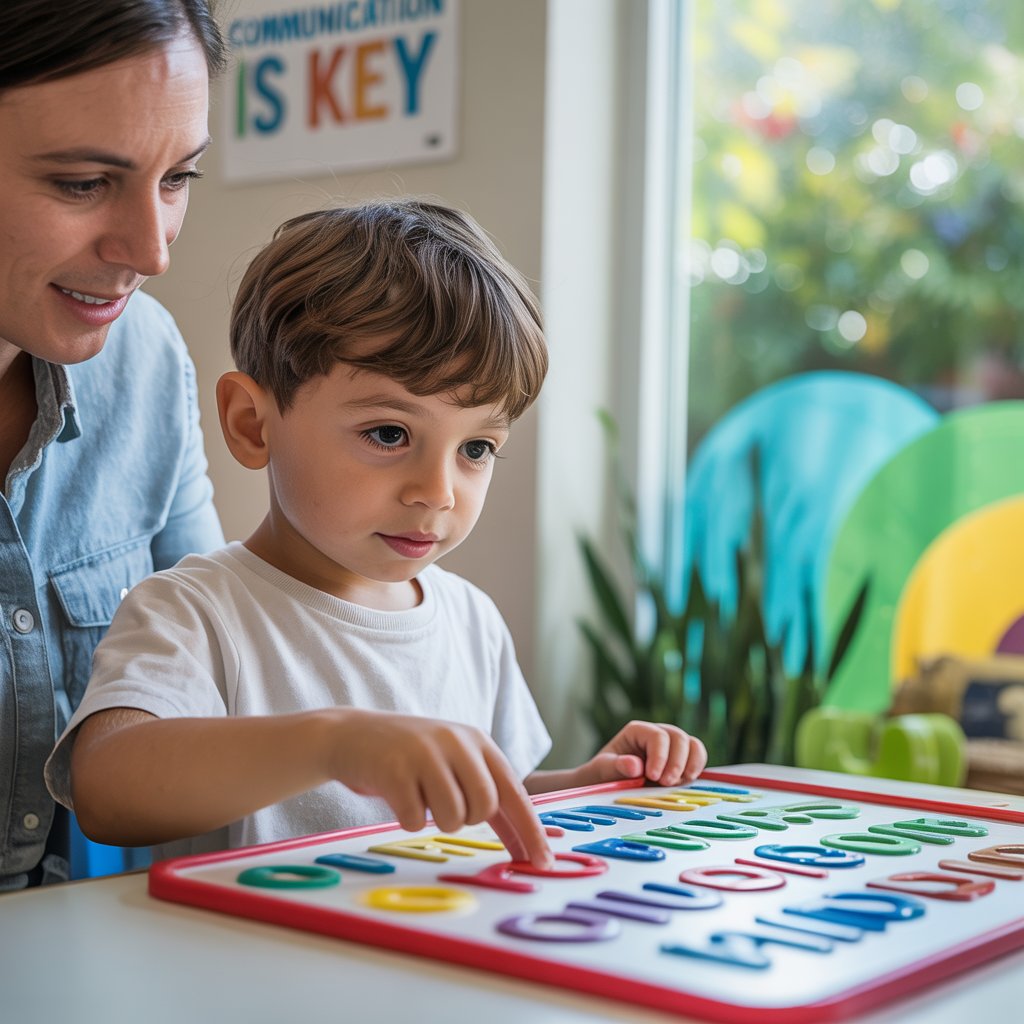Evidence-Based Behavioral Therapies

Applied Behavior Analysis (ABA): customizing approaches for mild autism
ABA therapy isn't one-size-fits-all, especially for kids with mild autism. Think of it as a toolbox where therapists pick specific tools based on what each child needs.
For mild autism, ABA focuses on fine-tuning social skills rather than basic functioning. A therapist might work on reading subtle facial expressions or managing conversations in noisy settings—skills that typically developing peers seem to pick up naturally.
The beauty of modern ABA is its flexibility. Gone are the days of rigid drilling. Today's approaches blend structured learning with natural environments. A session might look like a play date or hobby club, with the therapist subtly guiding interactions.
Parents often see the best results when they're involved too. Simple techniques like "catch them being good"—where you specifically praise positive social attempts—can be game-changers when used consistently at home.
Cognitive Behavioral Therapy (CBT) techniques that improve social functioning
CBT works wonders for many people with mild autism, especially teens and adults. Why? Because it directly tackles the thinking patterns that make social situations tricky.
A good CBT therapist helps break down confusing social rules into clear, manageable steps. They'll work through real-life scenarios like:
- Handling rejection without catastrophizing
- Managing the anxiety of unplanned changes
- Recognizing when thoughts like "everyone's judging me" aren't based in reality
The real magic happens when clients learn to catch their own thought patterns. That moment when someone realizes "Oh, I always assume the worst when someone doesn't text back" can transform their relationships.
CBT sessions typically include practical homework. You might practice starting three conversations during the week, then analyze what went well and what didn't. This practice-reflect-adjust cycle builds confidence over time.
Social Skills Training: structured learning for better interactions
Social skills don't come naturally to everyone, and that's perfectly okay. Structured training gives people with mild autism clear roadmaps for interactions that neurotypical folks navigate instinctively.
Effective programs usually include:
- Video modeling - Watching and discussing social scenarios helps identify unspoken rules
- Role-playing - Practicing conversations in a safe space before trying them in the real world
- Group activities - Learning alongside peers creates natural opportunities for feedback
The best training programs don't just teach scripts. They help people understand the "why" behind social customs. Instead of memorizing "ask how someone's day was," they learn the broader concept that showing interest builds connection.
Parents and teachers can reinforce these skills by creating low-pressure practice opportunities. A structured playdate with one understanding friend often works better than throwing someone into a chaotic playground situation.

The importance of early intervention and how it shapes outcomes
The brain's incredible plasticity during early childhood creates a golden window for autism interventions. Starting therapy between ages 2-5 often leads to more significant improvements than waiting until school age.
Brain research shows why this matters: young children form neural connections at lightning speed. Positive social experiences during this time literally shape how the brain processes future interactions.
Early intervention doesn't mean pushing kids too hard. Quality programs balance developmental goals with a child's natural interests and strengths. When a toddler loves trains, smart therapists use that passion as a bridge to teach turn-taking or shared attention.
For mild autism, early help often means the difference between struggling socially and developing compensatory strategies that work. A child who receives appropriate support early may need less intensive help later on.
Parents sometimes worry about labeling young children, but the evidence is clear: the benefits of early support far outweigh any concerns about stigma.
Finding qualified therapists and evaluating treatment progress
The therapist-client match matters enormously in autism treatment. Beyond checking credentials, pay attention to how a potential therapist:
- Communicates with your child
- Responds to your questions and concerns
- Balances structure with flexibility
- Celebrates small wins, not just big milestones
Quality therapy includes regular progress tracking. Effective therapists don't just say "things are improving"—they show you specific data points. These might include how often your child initiates conversations or how they're handling previously challenging situations.
Red flags to watch for include therapists who:
- Promise "quick fixes" or "cures"
- Dismiss your input as a parent
- Use techniques that cause significant distress
- Can't clearly explain their methods
Remember that progress isn't always linear. Many families see periods of rapid improvement followed by plateaus. This doesn't mean therapy isn't working—often these plateaus are times when skills are being consolidated before the next growth spurt.
Trust your instincts. If something feels off about a therapy approach, speak up. You know your child best, and your observations are invaluable to the treatment team.







